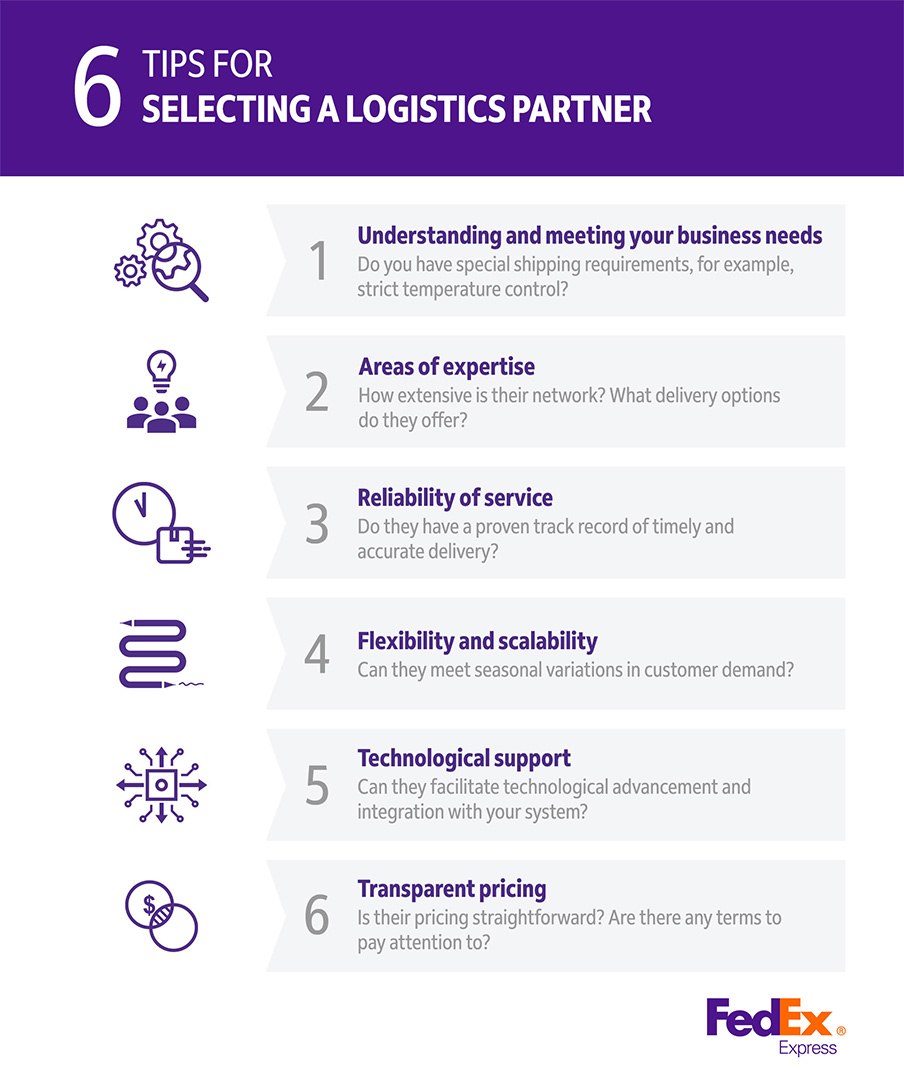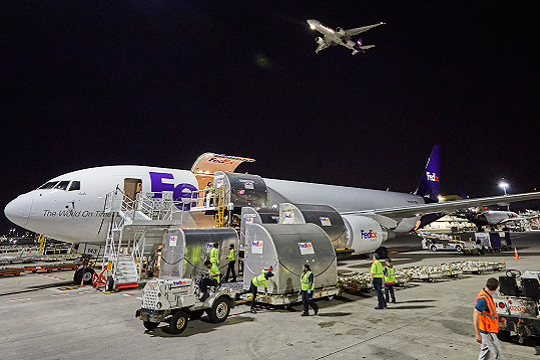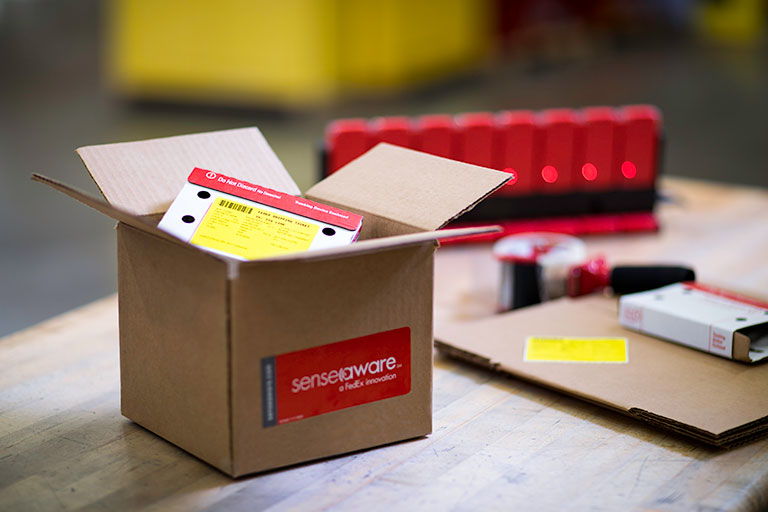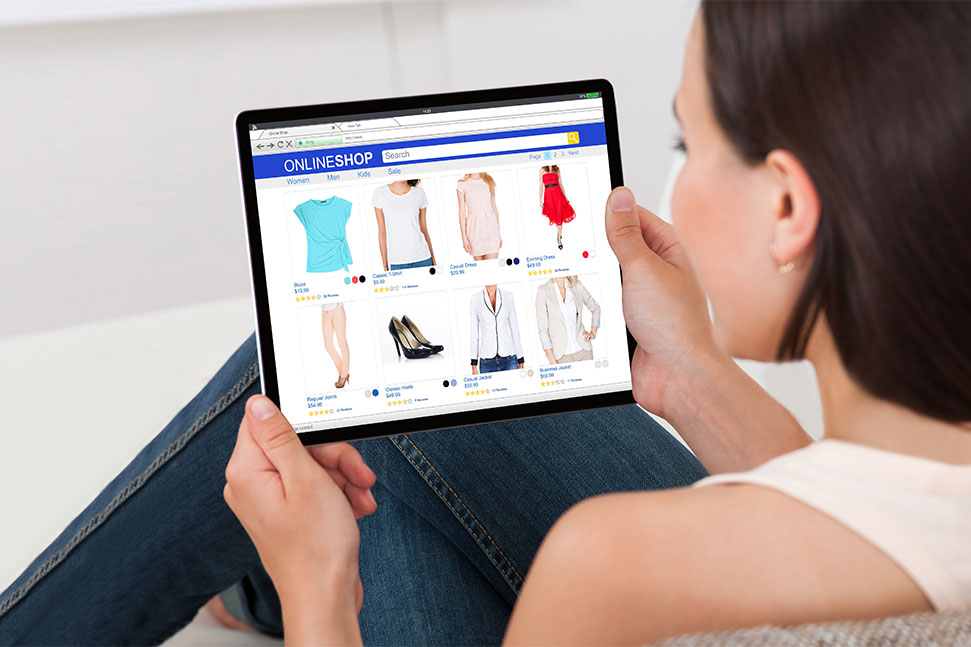How Logistics Is Determining E-commerce Growth
Learn how to select the right supply chain provider to help you overcome cross-border shipping challenges and realize your business opportunities.
E-commerce revenue across Asia is projected to reach US$1.298 trillion this year and is on track to reach a market volume of US$1.72 trillion by 2024[1]. China, of course, accounts for the lion’s share of his market, with its 1 billion consumers spending some $832 billion online domestically this year and cross-border e-commerce accounting for a further $164 billion.
Despite strong growth in food-delivery services and online grocery-shopping solutions, fashion remains the Asian e-commerce market’s largest segment, with a market volume estimated to be worth US$443 billion this year.
Despite strong growth in food-delivery services and online grocery-shopping solutions, fashion remains the Asian e-commerce market’s largest segment, with a market volume estimated to be worth US$443 billion this year.
The middle class is making its mark
There are several key drivers behind the surging growth of online retailing across the region: the growing connectivity of consumers across all markets – user penetration is likely to surge from 55.7 per cent this year to 66.1 per cent by 2024 – and the rapid growth of the middle class in developing countries such as Vietnam and its smaller Southeast Asian neighbors, Indonesia and so-called Tier 3 and 4 cities in Mainland China.
This rising affluence is translating into dramatic changes in the hottest growth sectors for consumer products, explains Boston Consulting Group in its report How the Digital Revolution Is Integrating Southeast Asia’s Consumers. While demand for modest indulgences such as snack foods and ready-to-drink beverages took off as Southeast Asians entered the middle class, for example, demand is now surging across the region for affordable luxury goods, such as cosmetics and high-end consumer durables, and for “experiential” products like restaurant dining and overseas travel. Moreover, these affluent consumers are internationally minded, discerning, and interested in unique and customized products and experiences – demands that digital commerce is particularly well positioned to fulfill.
Thirdly, it has never been easier to shop online. Globally, more than 50 per cent of traffic to online stores comes via mobile and 32 per cent of spending, but in Asia, smartphones are at the core of interaction between retailers and customers.
This rising affluence is translating into dramatic changes in the hottest growth sectors for consumer products, explains Boston Consulting Group in its report How the Digital Revolution Is Integrating Southeast Asia’s Consumers. While demand for modest indulgences such as snack foods and ready-to-drink beverages took off as Southeast Asians entered the middle class, for example, demand is now surging across the region for affordable luxury goods, such as cosmetics and high-end consumer durables, and for “experiential” products like restaurant dining and overseas travel. Moreover, these affluent consumers are internationally minded, discerning, and interested in unique and customized products and experiences – demands that digital commerce is particularly well positioned to fulfill.
Thirdly, it has never been easier to shop online. Globally, more than 50 per cent of traffic to online stores comes via mobile and 32 per cent of spending, but in Asia, smartphones are at the core of interaction between retailers and customers.
Digital wallets and faster connectivity
Digital wallets are also having an impact, making it easier for consumers to order goods online. Along with cash-on-delivery options, especially in developing Southeast Asian markets such as Vietnam, the Philippines and Indonesia which have huge populations of unbanked consumers, digital wallets give consumers the ability to order online without bank accounts or credit/debit cards.
While internet speed may be a challenge for some, most countries in Asia Pacific are already developing high-speed 5G-generation mobile data networks which will speed both the browsing and ordering process.
Voice-operated technology is also making online shopping more accessible: During the 11.11 Singles Day Global Shopping Festival last November, a popular Chinese marketplace took more than 1 million orders through voice command via an open-platform intelligent personal assistant.
While internet speed may be a challenge for some, most countries in Asia Pacific are already developing high-speed 5G-generation mobile data networks which will speed both the browsing and ordering process.
Voice-operated technology is also making online shopping more accessible: During the 11.11 Singles Day Global Shopping Festival last November, a popular Chinese marketplace took more than 1 million orders through voice command via an open-platform intelligent personal assistant.
Logistics – a core driver
A core driver – and enabler – of strong online-retail growth across Asia is the logistics industry. The growing adoption of online shopping across the region has brought increased volume and thus economy of scale for global logistics providers like FedEx who are responding by offering different solutions, including delivery-time options and delivery mobile notifications; providing opportunities to reduce costs by aggregating shipments with heavyweight and freight capabilities and giving buyers peace of mind through visibility of the whole order-to-delivery process with end-to-end real-time tracking of high-value shipments. Besides the online-checkout experience, delivery service is a key area where the consumer’s perception of the retailer they are purchasing from can be most influenced.
New York and Hong Kong-based retail thinktank Coresight Research listed speedier logistics and order fulfilment as a key trend in Chinese e-commerce for 2000[2]. We expect logistics providers to offer faster delivery by upgrading their logistics infrastructure and increasing capacity at bonded warehouses. Same-day delivery would then be possible for a broader range of products.
New York and Hong Kong-based retail thinktank Coresight Research listed speedier logistics and order fulfilment as a key trend in Chinese e-commerce for 2000[2]. We expect logistics providers to offer faster delivery by upgrading their logistics infrastructure and increasing capacity at bonded warehouses. Same-day delivery would then be possible for a broader range of products.
Cross-border challenges and opportunities
With half of Asia-Pacific online shoppers making purchases cross-border[3], vendors will have to build extensive knowledge of procedures such as managing duty collection, customs clearance and other minefields. Here is an important area when logistics providers can step in and assist. Automated package and freight shipping solutions are available to improve efficiency for the entire shipping process of retail vendors. Assisted with the extensive experience in cross-border deliveries, retailers will only need to transmit customs documentation electronically and enjoy a smooth customs clearance process, minimizing the time and cost involved in the associated paperwork.
With more and more regional and trade deals being negotiated between governments and trading blocs, it has become more attractive for SMEs to expand into new markets.
Logistics companies can help local retailers go global by shipping their products internationally faster. Experienced logistics service providers are dealing with customs departments and other regulatory authorities on a daily basis, providing businesses with established clearance solutions. When it comes to markets like Europe or the Americas, they are well placed to smooth the way for Asian e-commerce companies to develop trans-continental trading partnerships and to ship to markets which are not previously practicable.
Software like FedEx Ship Manager that can be integrated with retailer’s platform also makes it easier for cross-border e-commerce companies to go through the tax refund and foreign-exchange settlement procedures, helping them keep track of export transaction records. With this, businesses will be able to make the most of regional trade deals or localized cross-border agreements designed to encourage trade and cross-border commerce.
With more and more regional and trade deals being negotiated between governments and trading blocs, it has become more attractive for SMEs to expand into new markets.
Logistics companies can help local retailers go global by shipping their products internationally faster. Experienced logistics service providers are dealing with customs departments and other regulatory authorities on a daily basis, providing businesses with established clearance solutions. When it comes to markets like Europe or the Americas, they are well placed to smooth the way for Asian e-commerce companies to develop trans-continental trading partnerships and to ship to markets which are not previously practicable.
Software like FedEx Ship Manager that can be integrated with retailer’s platform also makes it easier for cross-border e-commerce companies to go through the tax refund and foreign-exchange settlement procedures, helping them keep track of export transaction records. With this, businesses will be able to make the most of regional trade deals or localized cross-border agreements designed to encourage trade and cross-border commerce.
Trust and speed
A core part of selling online is establishing trust with customers. Just a single bad experience makes the difference between a loyal purchaser and someone who decides to shop with a rival.
Here is where an experienced and efficient logistics partner plays a huge part in customer satisfaction and thus loyalty: If a retailer commits to a certain delivery date of a product, it must honor the commitment. Delays frustrate consumers and would potentially lead to cancelled orders as they seek an item somewhere else. A reputable distribution partner can reduce the risk of delivery problems by offering shipment personalization options such as delivery notifications, have shipments delivered to a secure location and more – to suit the customer’s needs.
Consumers – especially millennials and their successors from Gen Y and Z – expect instant gratification. If they like something, they want it there and then. This is nowadays being referred to as the “on-demand economy” and here logistics is absolutely critical to satisfying customer expectations. There is evidence that consumers will pay more for speedy deliveries.
A recent study found that 43 per cent of Gen Z, 28 per cent of millennials and 18 per cent of Gen X consumers believe the faster you can purchase something, the better the vendor or product is. As one commentator observed, “that might not be totally fair, but that’s the reality of this new omnichannel world of payments and commerce”[4].
Here is where an experienced and efficient logistics partner plays a huge part in customer satisfaction and thus loyalty: If a retailer commits to a certain delivery date of a product, it must honor the commitment. Delays frustrate consumers and would potentially lead to cancelled orders as they seek an item somewhere else. A reputable distribution partner can reduce the risk of delivery problems by offering shipment personalization options such as delivery notifications, have shipments delivered to a secure location and more – to suit the customer’s needs.
Consumers – especially millennials and their successors from Gen Y and Z – expect instant gratification. If they like something, they want it there and then. This is nowadays being referred to as the “on-demand economy” and here logistics is absolutely critical to satisfying customer expectations. There is evidence that consumers will pay more for speedy deliveries.
A recent study found that 43 per cent of Gen Z, 28 per cent of millennials and 18 per cent of Gen X consumers believe the faster you can purchase something, the better the vendor or product is. As one commentator observed, “that might not be totally fair, but that’s the reality of this new omnichannel world of payments and commerce”[4].
Finally, one of the most important considerations in choosing a logistic partner for an online retail brand is trust. A retailer’s relationship with a customer is only as strong as the weakest link in the customer purchase pathway. A bad experience with delivery usually impacts the retailer’s brand and reputation, not the shipper’s.
***
[1] https://www.statista.com/outlook/243/101/ecommerce/asia
[2] https://coresight.com/research/retail-2020-10-trends-for-china-e-commerce/
[3] https://insideretail.asia/2019/02/13/asia-pacific-shoppers-favour-cross-border-shopping/
[4] https://www.pymnts.com/news/retail/2020/trust-and-speed-light-a-new-path-to-omnichannel-retail/




















 The Latest
The Latest